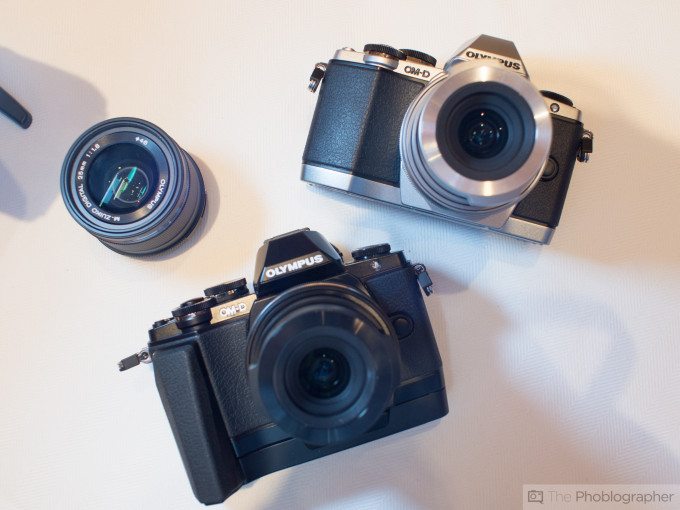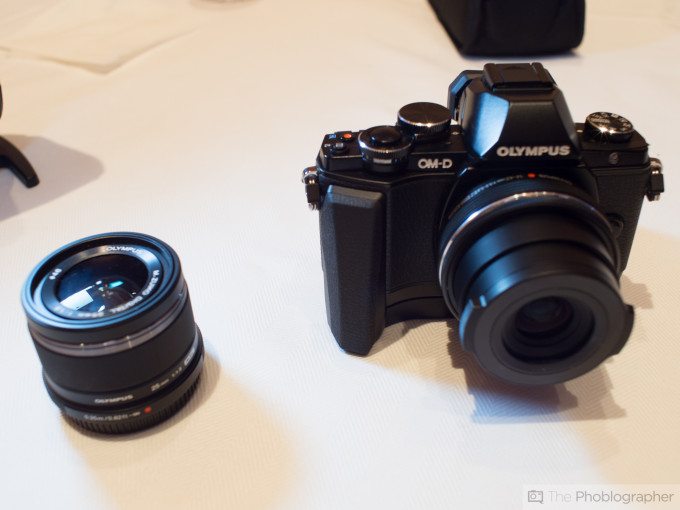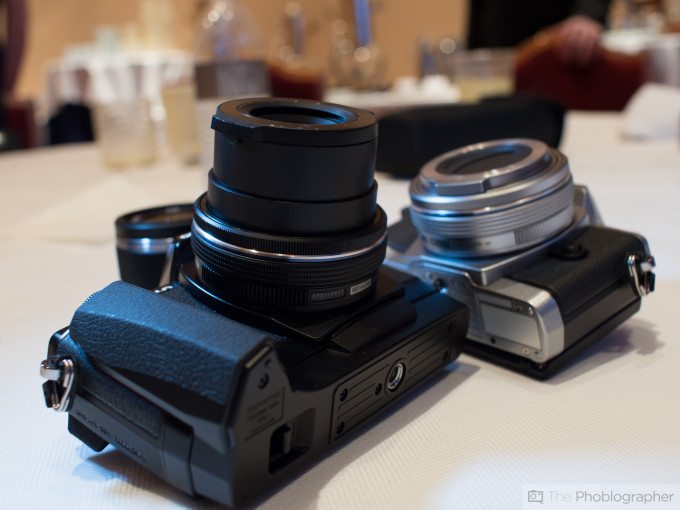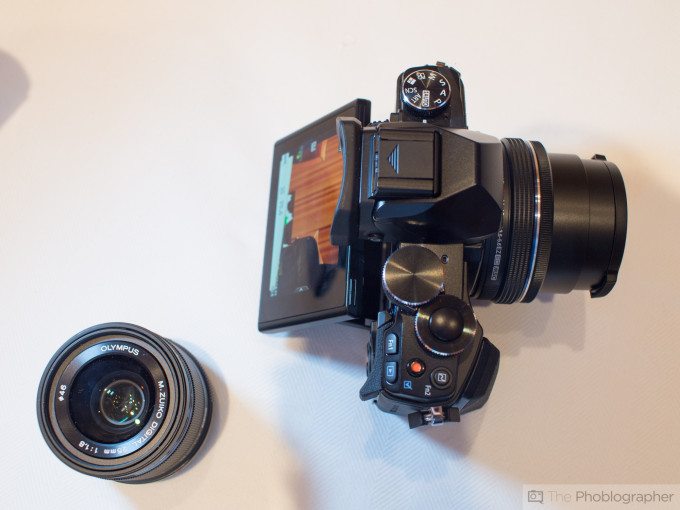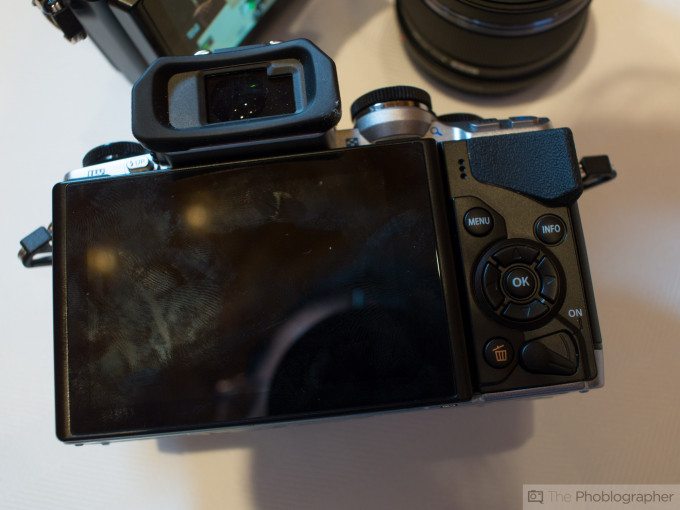Last Updated on 01/30/2014 by Chris Gampat
Ever had the feeling that a company had too many cameras?
For the first time in a very long time, I began to really feel that with Olympus. Earlier this month, we sat in a meeting with them while they briefed us on their new Olympus OMD EM10, their 25mm f1.8, and a couple of other products. The EM10 is what the company describes to be their low end OMD camera: placing the EM5 in the mid tier and the EM1 at the top of the food chain. And to do this, the company essentially created a severely crippled OMD camera. The camera borrows from the OMD EM5, PEN EP5, and the OMD EM1.
And in all truthfulness, we’re scratching our heads just a bit.
Tech Specs
– 16.1MP CMOS sensor (same as the OMD EM5 and EM1, but with the OMD EM1’s processor)
– 3 axis image stabilization
– ISO 200-5000 native. Despite much marketing and specs stating that this sensor actually tops out at 6400, if you look at the 6400 setting, you’ll note that this is actually an extended ISO setting
– Top shutter speed at 1/4000
– 1/250th sync speed for built in flash but 1/200th for external
– Timelapse mode that ends at 99 images (like the EP5)
– 8fps shooting
– Built-in Wifi
– No weather sealing
Ergonomics
Being the company’s lowest level OMD camera (though not described as entry level), the OMD EM10 has the least in the way of controls vs its bigger brothers. With that said, it looks very SLR-like in its curves–or rather its edges. And to that end, it has nary a dial or button on the front of the camera.
What many Olympus users will notice right off the bat though is the company’s new grip. This grip: the ECG-1 is sold separately. Indeed, the body of the camera is a bit more like the OMD EM5’s in that there is barely a grip. Many folks seem to like adding a grip to their camera–but I personally like it without the grip for the classic SLR feel.
In the way of controls, you’ll more or less be looking at and interacting with the top of the camera. The two dials on the top function the same way that the OMD EM5’s do. Then there is also a mode dial, shutter release, video record button, and the hot shoe.
Olympus also decided to use a flipping LCD screen.
The back of the camera, much like the OMD EM5 and EM1, is dominated by the LCD screen. Around it are a couple of buttons–but really not a lot. On the top left of the camera’s back panel are more buttons. Smack dab in the center is the EVF.
For what it’s worth, the entire package when used with the 25mm f1.8 feels a lot like an old school SLR setup that you might find at a thrift store–except that this one is very digital.
Build Quality
We spent around 20 minutes with the OMD EM10 (that’s all we were really allowed due to a super busy schedule) and to put it nicely, this camera is very plastic. It doesn’t feel cheap, but it doesn’t quite feel like the OMD cameras that we’re used to. Indeed, it feels a bit like the company took the EPM-2 and gave it a viewfinder and a couple of dials.
Autofocus
One of the things that you can always count on with Olympus is class leading autofocus. Indeed, the OMD EM10 focuses extremely fast and is most accurate when you either use a direct point or the touch screen. For what it’s worth, the focusing speed seems to be about on par with the OMD EM5 despite having the processor of the EM1.
Ease of Use
We spent a short amount of time with the camera, and Olympus veterans won’t have much of a hassle. But if you’re coming from another system of some sort, you’ll need to undergo a bit of a learning curve. Otherwise, you can set it to auto and forget about it.
Image Quality
We weren’t allowed to stick an SD card in the camera due to the fact that the model we handled was a pre-production unit. However, given the fact that it’s using essentially the same sensor we think that the image quality should be about on part with the others.
First Impressions
We’re in the midst of calling a unit in for review, and despite our disappointed tone in this post, we’ve been wrong before. When the OMD EM5 was launched, it felt odd–then I bought one. The camera most likely won’t be a bad one. We don’t believe that anyone is making a bad camera at the moment, but it feels as if Olympus put no effort into this one.
At least that’s what we think so far.
Please Support The Phoblographer
We love to bring you guys the latest and greatest news and gear related stuff. However, we can’t keep doing that unless we have your continued support. If you would like to purchase any of the items mentioned, please do so by clicking our links first and then purchasing the items as we then get a small portion of the sale to help run the website.
Also, please follow us on Facebook, Google+, Flickr and Twitter.


